The electric mobility revolution
Electric vehicles (EV) are on the rise. Global EV sales grew by 58%, surpassing 2 million units, in 2018.
A Chinese metropolis of 20 million people, Shenzen, converted its entire 16,000-strong public bus fleet to electricity.
By 2050, there would be over one billion electric cars on the road, and many more electric buses, two- and three-wheelers, and trucks powered by electricity if policy makers take the necessary steps today.







